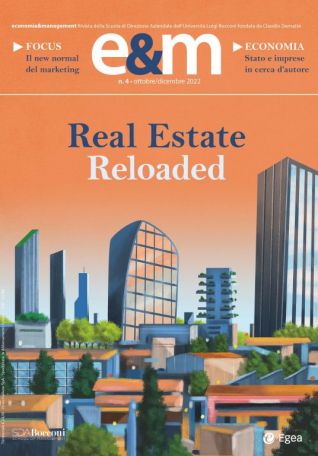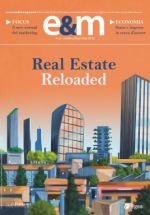E&M
2022/4
Le grandi trasformazioni del settore commerciale
In Italia, uffici, hotel, retail e logistica assorbono la maggioranza degli investimenti nel commercial real estate e stanno oggi affrontando importanti sfide. Gli uffici, trasformati dalle nuove metodologie di lavoro ibrido, hanno visto un’evoluzione nell’offerta del prodotto e nei servizi associati; gli hotel, le strutture più impattate dalla pandemia, rappresentano tuttavia le struttere a maggior potenziale, in un Paese a fortissima vocazione turistica come il nostro; il retail, già in declino nell’epoca pre-Covid-19, potrebbe ritornare presto sull’agenda degli investitori; la logistica è la vera rising star , con volumi di investimento che nel 2021 hanno per la prima volta superato anche quelli degli uffici.
L'ACCESSO A QUESTO CONTENUTO E' RISERVATO AGLI UTENTI ABBONATI
Sei abbonato? Esegui l'accesso oppure abbonati.



